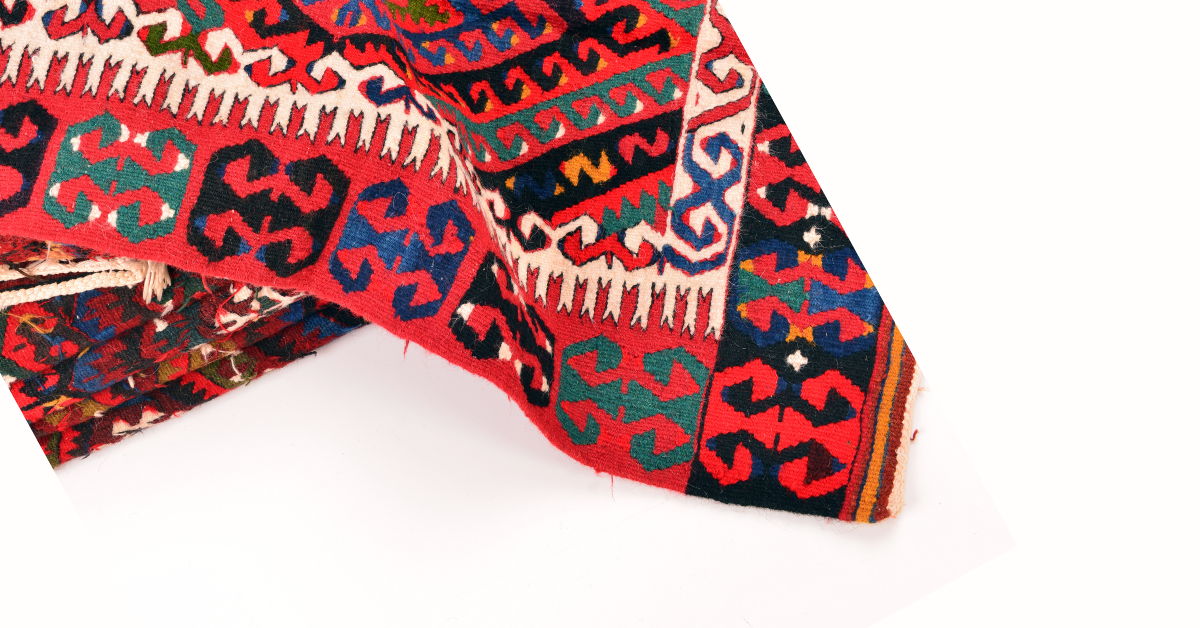Why Buy an Oriental Rug?
Heavily inspired by their neighbors, oriental rugs showcase a variety of influences from patterns, colors, techniques and materials. Oriental rugs are carpets hand knotted only in Asia. Iran, China, India, Russia, Turkey, Pakistan, Tibet and Nepal are some of the biggest rug exporters. Considered the finest and highest quality of rugs – oriental rugs not only provide eye-catching unity for interior design but also act as a valuable heirloom that can be passed from generation to generation in the household.
Many get confused about the difference between oriental and Persian rugs but there is one key point to understand Persian rugs are considered oriental rugs but not all oriental rugs are considered Persian. When people refer Persia, they are talking about modern-day Iran. Persian rugs typically have designs of pomegranates, flowers, jugs, lotuses, husk, crosses and combs. They are one of the oldest and most sought in the oriental rug market.
A fun fact about oriental rugs is that handwoven rugs can reuse and repurpose patterns passed through from generation to generation. If you can see the pattern through the back of rug, it is most likely an authentic oriental rug woven by hand. It is important to tell the difference between a manufactured rug vs an original handwoven rug.
Origins of Oriental Rugs
Introduction to the biggest producers of one of a kind, handwoven rug, oriental rugs are often preferred in the world of interior design. Not only are they one of a kind, but they are all handwoven and have various intricate designs and patterns unique to certain regions. Currently there is a huge demand for Turkish Oushak designs, one of the most popular and highly requested type of oriental rug.
Oriental rugs draw deep rich colors and intricate patterns – the big difference between these rugs is that they are always handwoven, and the weaver attaches the nap to the base threads with special types of knots that can only be made by hand. This contributes a significant difference in durability of the finished rug.
These heavy piled -woven carpet have been around for a long time; the earliest has been dated back to the 5th century BCE. It is a huge misconception that oriental rugs are only originate from oriental countries and designs. In fact, in most cases all the rugs have influences and trends from multiple different regions. Although there are a lot of pile-woven rugs, another popular alternative available are flat-weaves known as kilims. Though not as thick, kilims are still just as durable and reliable at a lower cost.
Where to Purchase Oriental Rugs?
There are a few different ways to purchase an authentic oriental rug:
- Rug Experts (office)
- Estate Sales
- Specialty Rug Stores (Usually have rug cleaning services too)
- eBay and Craigslist
Some of the ways, you must conduct proper research in order to investigate reviews and references to ensure that you are purchasing legitimate handwoven rugs. The quality of the rugs should sell itself so avoid any sellers that push you to make a purchase.

